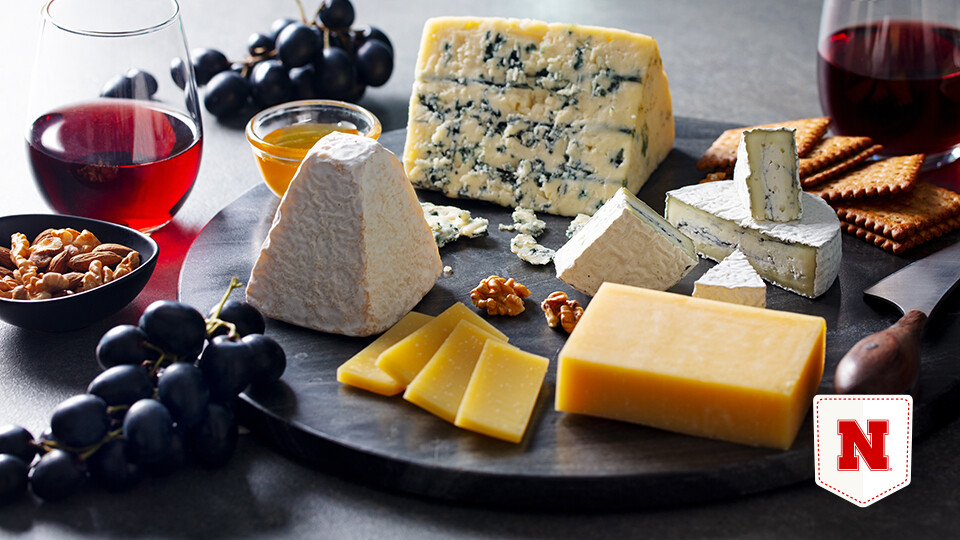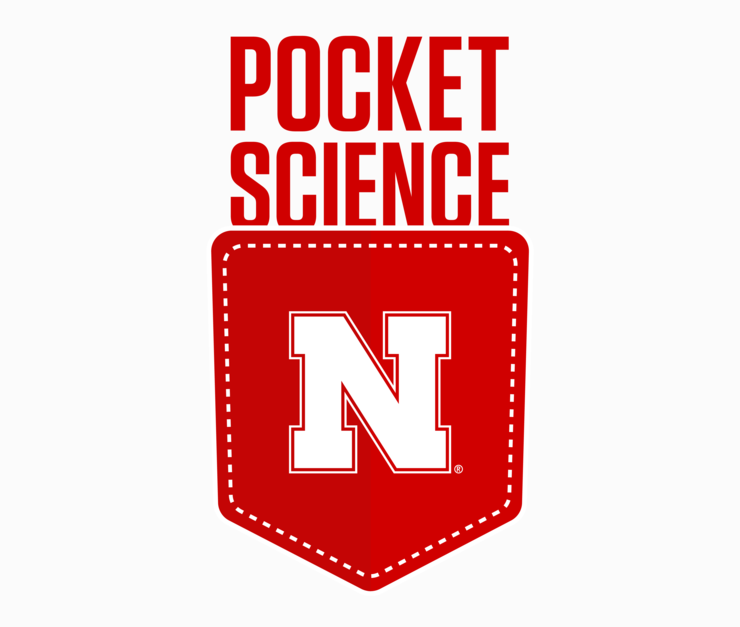Hutkins, international panel find consensus on definition, properties of fermented foods

January 28th, 2021
Welcome to Pocket Science: a glimpse at recent research from Husker scientists and engineers. For those who want to quickly learn the “What,” “So what” and “Now what” of Husker research.
What?
The process that turns milk into cheese, cabbage into kimchi and grape juice into wine might have seemed miraculous to the humans who first encountered the phenomenon thousands of years ago. If its origins were once mysterious, though, some of its benefits would have been readily apparent: longer preservation via less spoilage, more palatable taste or texture, intoxicating after-effects.
It’s a process now known as fermentation, which accounts for an estimated 5,000-plus varieties of food and drink from every region on the planet. But for all of its popularity, and for all that scientists now understand of what occurs during it, questions have remained about how to define fermented foods. Questions also persist around the nutritional benefits of fermented foods and the role of fermentation microbes in human health.
So what?
To address these issues, the International Scientific Association for Probiotics and Prebiotics convened an expert panel of 13 scientists. Led by Nebraska’s Robert Hutkins and the University of California, Davis’s Maria Marco, the panel consisted of microbiologists, food scientists, nutritionists, and health care professionals from North America, Europe and Asia.
Hutkins and the panel first arrived at a consensus definition of fermented foods: “foods made through desired microbial growth and enzymatic conversions of food components.”
For full news story click here
Story by Nebraska Today

